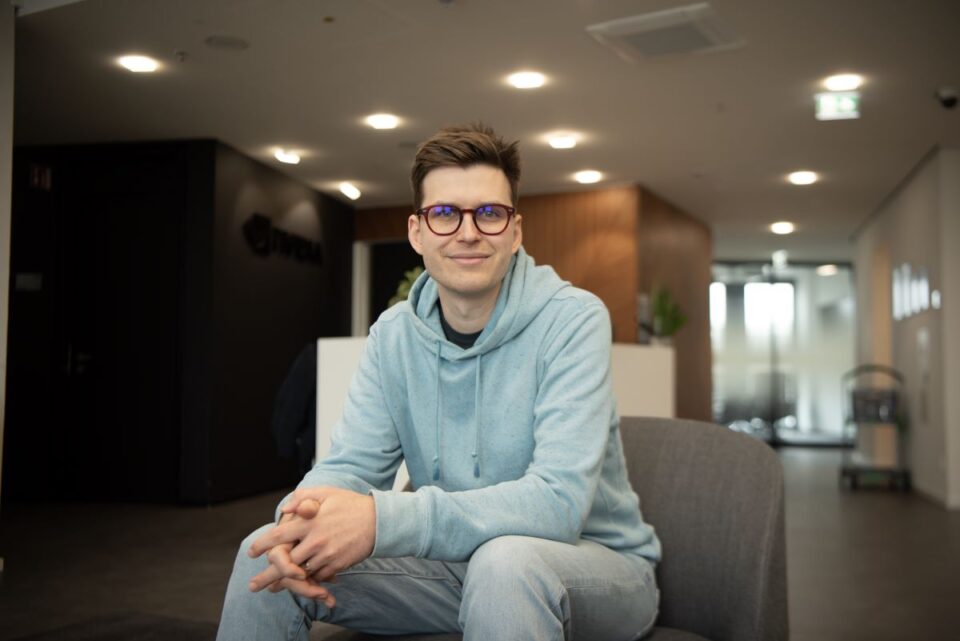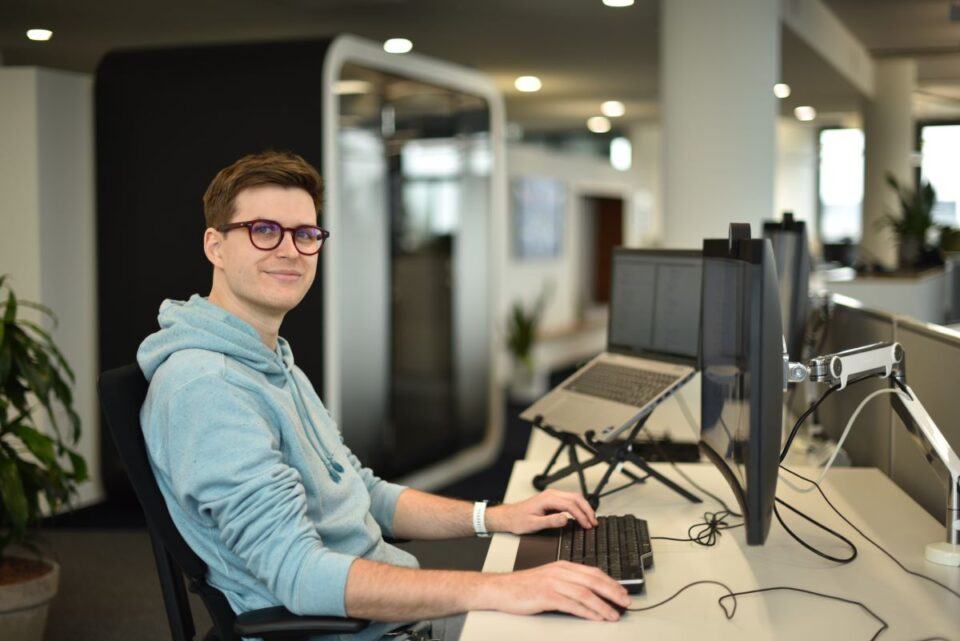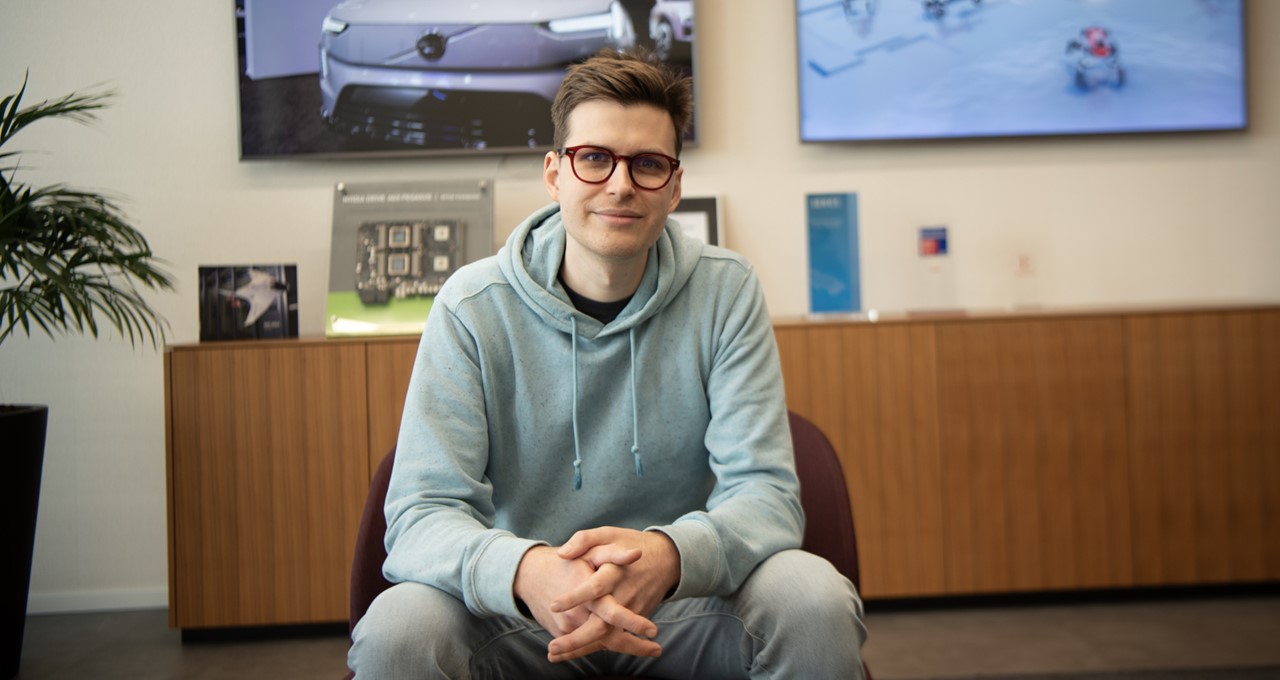Michał Filipiuk, senior engineer on the deep learning safety team at NVIDIA, spends his days fueling autonomous-driving innovation.
His work on the safety and reliability of NVIDIA TensorRT, a high-performance inference engine, is helping shape a safer, smarter future on roads. Among many use cases for TensorRT is the execution of advanced neural networks, which is a crucial component of safety-critical applications in self-driving vehicles.
Filipiuk’s journey into deep learning began with a love for programming that sparked during his high school years in Warsaw. Initially drawn to physics, he competed in the Polish Physics Olympiad before turning to coding as his primary passion, as he found its practical challenges fascinating.
He studied computer science at the University of Warsaw, where he first crossed paths with NVIDIA technologies while working on his bachelor’s thesis, which focused on optimizing deep learning recommender systems using the NVIDIA Volta architecture.
“I had the opportunity to work with a senior engineer from NVIDIA who was always helpful, answering my questions and explaining how things worked,” Filipiuk said. “I really enjoyed the experience, which led me to apply for an internship here.”

After interning at NVIDIA’s Warsaw office for a year, he joined full time as a new college graduate in 2021 and moved with his then girlfriend, now wife, to Munich.
There, he works on safety certification of deep learning kernels for the automotive version of NVIDIA TensorRT. Developed with industry-standard safety and security methodologies, TensorRT is embedded into the NVIDIA DriveOS operating system and is designed to meet cutting-edge automotive product requirements, including for autonomous driving.
“My work is both challenging and rewarding,” Filipiuk said. “Its complexities have pushed me to develop new technical skills and navigate extensive code libraries.”
The safety certification project was a learning curve for Filipiuk, he said, as his background was mainly in deep learning with Python, with limited exposure to C++ and CUDA. He poured hours into exploring libraries to comprehend their inner workings. With support from his teammates, he worked through the logic behind the code — running tests, fixing bugs and investigating how everything fits together.
Filipiuk says he’s incredibly proud of the impact his work is having on autonomous vehicles, helping enable safe, real-time decisions on the road.

Autonomy at NVIDIA extends to the company’s culture. Filipiuk says one of his favorite aspects of working at NVIDIA is the flexibility it offers while encouraging self-driven projects.
His first major project spanned two years, during which he was given independence to drive his work forward.
“At NVIDIA, I can prioritize my tasks without sacrificing my personal life,” he said. “I get my work done while having time to go to the gym, do household chores and be with my family.”
Working autonomously doesn’t mean working alone. As projects evolve, Filipiuk acknowledges he won’t always have all the answers — he values the strong network of colleagues he knows he can rely on for guidance.
Follow @nvidialife on Instagram and learn more about NVIDIA life, culture and careers.
